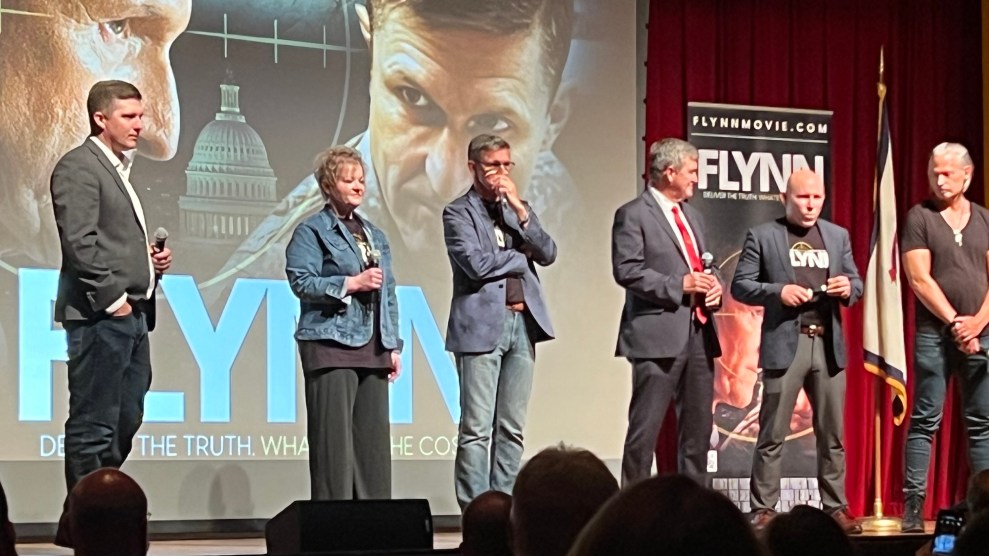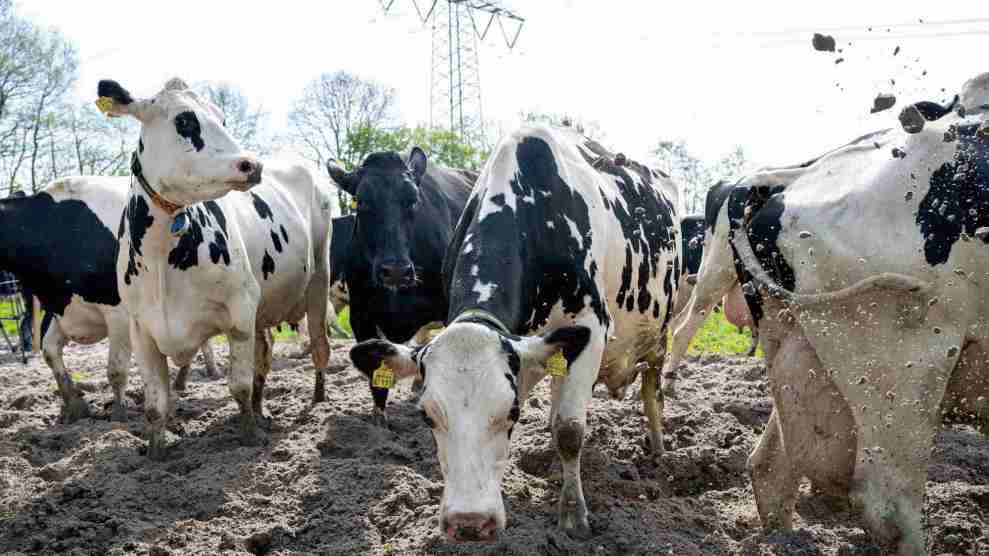A bipartisan group of senators unveiled their bill to create a federal standard for renewable energy on Tuesday, a measure that renewable energy advocates have been urging Congress to approve this year. The renewable electricity standard (RES) measure represents the last, best hope for those pushing for action on climate and energy in the Senate this year.
The RES, from lead co-sponsors Jeff Bingaman (D-NM) and Sam Brownback (R-Kan.), hews closely to the standard passed in the Energy and Natural Resources Committee last year. Beginning in 2012, utilities will be required to draw 3 percent of their electricity from renewable sources. The percentage scales up to 15 percent by 2021, where it would remain through 2039.
Wind, solar, ocean, geothermal, biomass, new hydropower, and gas drawn from landfills would all qualify as renewable under the standard. States will also be allowed to meet a little more than a quarter of the requirement by improving efficiency at power plants. The definition is expanded somewhat from the version included in a larger energy package that Bingaman’s committee approved in June 2009.
“This is an issue that should be addressed now, can be addressed now, and would be appropriate to address now,” Brownback said, who sported a neck tie with an illustration of wind turbines. Brownback said he believes the scaled-back RES measure could get bipartisan support, and added that “the beauty of this is it’s not cap and trade,” the program to limit carbon dioxide emissions that the entirety of his party in the Senate now opposes. “This is a level we can attain,” he added.
Bingaman said he isn’t sure yet how many Democrats would support the measure. He said he will work in the coming weeks to gather support on both sides of the aisle, seeking confirmation of 60 votes before he asks Senate Majority Leader Harry Reid (D-Nev.) to bring it to the floor. He anticipates that it would be offered in a lame-duck session after the November election at the earliest.
So far, the measure has the support of three Republicans—Brownback, John Ensign of Nevada, and Susan Collins of Maine—and six Democrats. Bingaman noted that a version of an RES has passed three times before in the Senate in previous congresses, but each time failed to pass in the House. The House has already passed one this year, leaving Senate passage necessary for it to become law.
While renewable energy advocates believe their proposed standard isn’t high enough, they are hopeful that it is attainable this year.














